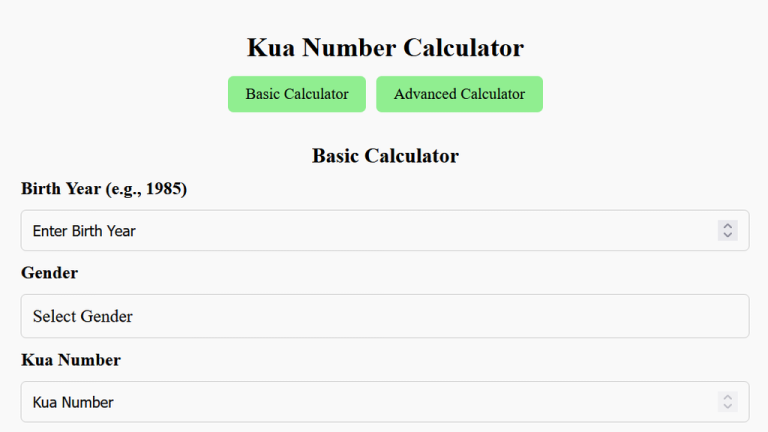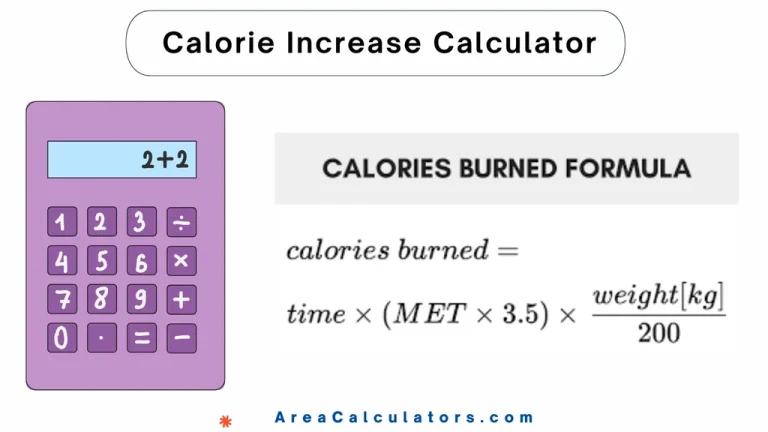This metric is crucial in electronics, welding, and signal processing to evaluate performance in PWM (Pulse Width Modulation), timers, and switches. A higher duty cycle means the device or signal is active more frequently, impacting efficiency and performance.
Formula:
| Variable | Description | Unit |
|---|
| D | Duty cycle | Percentage (%) |
| PW | Pulse width (active time) | Seconds (s) |
| T | Total period of the signal | Seconds (s) |
Solved Calculations:
Example 1: Calculating Duty Cycle for a Signal with PW = 2ms and T = 10ms
| Step | Value | Explanation |
|---|
| Pulse Width (PW) | 2 ms | The active time of the signal |
| Total Period (T) | 10 ms | Total cycle duration |
| Divide PW by T | | Calculate the ratio |
| Multiply by 100 | | Convert to percentage |
| Result | 20% | Duty cycle of the signal |
Example 2: Calculating Duty Cycle for a PWM Signal with PW = 5ms and T = 20ms
| Step | Value | Explanation |
|---|
| Pulse Width (PW) | 5 ms | The active time of the signal |
| Total Period (T) | 20 ms | Total cycle duration |
| Divide PW by T | | Calculate the ratio |
| Multiply by 100 | | Convert to percentage |
| Result | 25% | Duty cycle of the signal |
What is the Duty Cycle Calculator | Calculate Duty Cycle With Uniquely Designed Calculator 2025:
The Duty Cycle Calculator is a practical tool for determining the duty cycle of a signal or system based on its active time and total period. Commonly, this tool is used in electronics and engineering.
This tool simplifies the calculation of the percentage of time a system remains active during one cycle. It’s especially valuable in applications involving pulse width modulation (PWM), 555 timer circuits, and welding systems.
By inputting parameters like the active time and total period, the calculator quickly computes the duty cycle. This is useful for analyzing electronic circuits, measuring signal performance, and optimizing systems such as fuel injectors, air compressors, and frequency generators.
Additionally, the tool assists in understanding critical concepts like signal modulation, power efficiency, and system operation, making it indispensable for students, hobbyists, and professionals in electronics and engineering fields.
Final Words:
The Duty Cycle Calculator is an essential resource for evaluating and optimizing system performance. Its ease of use and precise computations make it a reliable companion for electronics enthusiasts and professionals alike.



